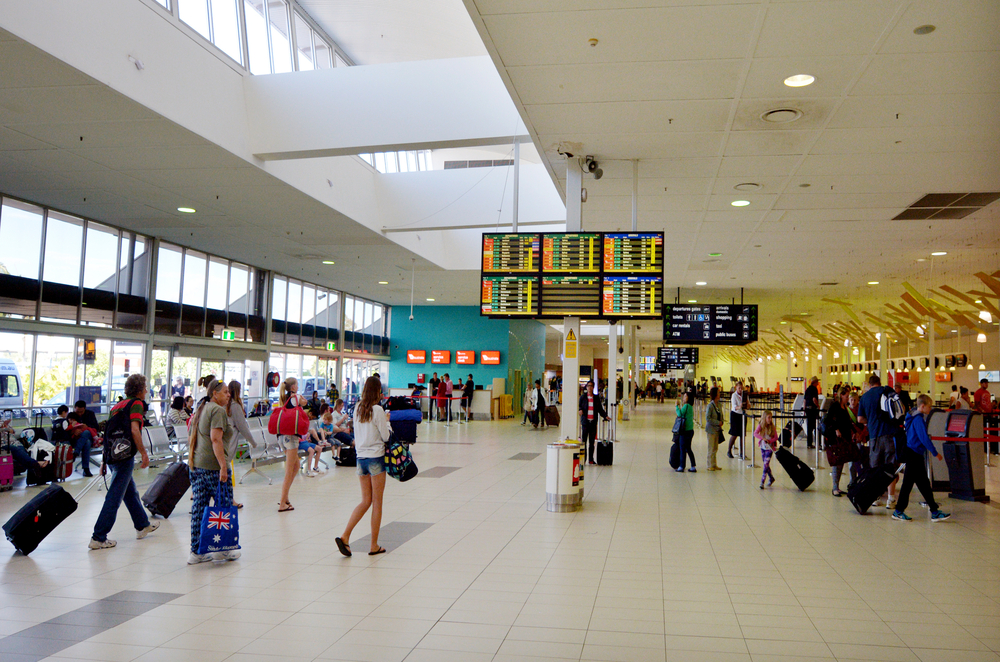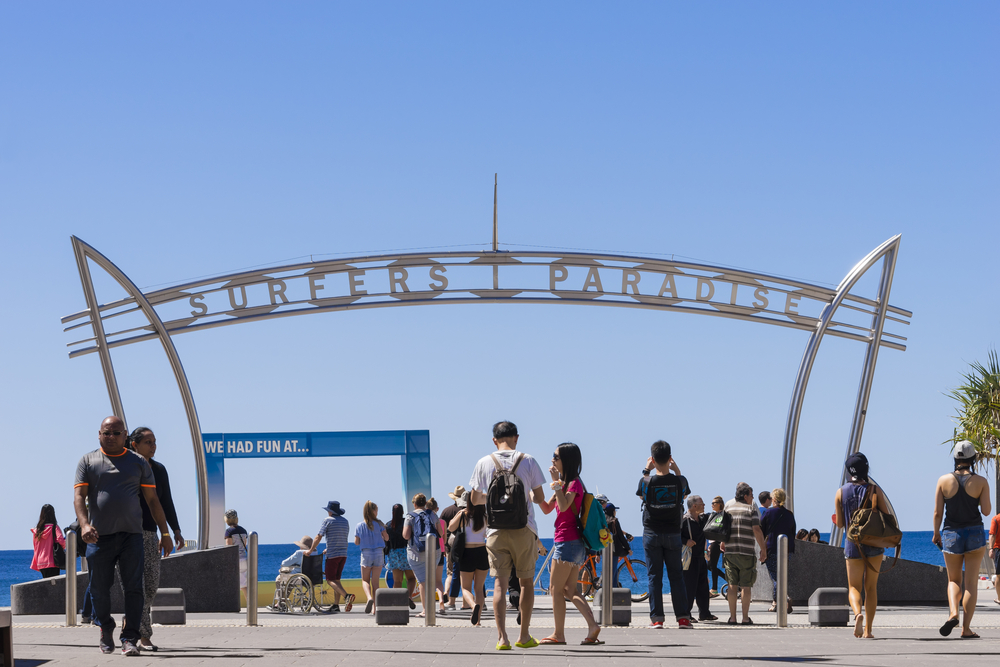$370M investment into Gold Coast Airport
Off the back of a growing tourism industry and an increasing local population, the Gold Coast Airport is undergoing significant upgrades and expansion to the tune of $370 million.
The first stage of the expansion was completed last year, ahead of the 2018 Commonwealth Games, adding an extra 20,000sqm for aircraft parking space to help boost the airport’s capacity.Stage two of the expansion is the development of a new three-level airport terminal, including aerobridges, at the southern end of the current facility.

By 2037 the Gold Coast Airport is expected to contribute $818 million annually to the region and support an estimated 20,000 full time jobs.
Infrastructure giant Lendlease has been appointed to deliver the project, which is expected to generate up 1,500 jobs during construction and be open to passengers in 2021.
By 2037 the Gold Coast Airport is expected to contribute $818 million annually to the region and support an estimated 20,000 full time jobs.
“The [airport expansion] is good news for the Gold Coast and Northern NSW, where the population is forecast to grow significantly in the next 20 years,” said Deputy Prime Minister and Minister for Infrastructure, Transport and Regional Development Michael McCormack.
“This will continue to open the region to connections for tourists and locals, with a modern and efficient airport to keep pace with the increase in demand over time.”
“Gold Coast Airport looks after 6.6 million passengers a year, and this will more than double by 2037,” said Queensland Airports Limited CEO Chris Mills.
“The existing terminal is currently operating beyond capacity. This expansion will not only help us meet demand, it will create an entry point to the city, befitting the nation’s leading tourism region.”
A boost for the local economy
Tourism is a $4.7 billion industry for the Gold Coast economy, employing nearly 42,000 people. It’s also a growing sector and a key focus for ongoing jobs growth.
The current Queensland state government is spending more on Gold Coast tourism than ever before – adding an extra $180 million in last year’s state budget to underpin continued growth in this area.

Tourism is a $4.7 billion industry in the Gold Coast
Gold Coast’s economy remains robust overall, enjoying an economic growth rate of 3.2% which outperformed the national economic growth rate of 2.9% in the 2018 financial year.
According to ABS data, the Gold Coast also recorded a low unemployment rate of only 4.3% for the Sep 2018 quarter. This is a significant improvement from three years earlier, when the unemployment rate was 5.6%. The Gold Coast’s unemployment rate is also now much lower than both the state and national averages of 6.2% and 5.2% respectively.
Over the 12 months to Nov 2018, the Gold Coast added 20,600 jobs, bringing the total number of jobs to 340,200 across a wide range of industries.
More retirees and interstate migrants
The Gold Coast property market has also been resilient, with the latest vacancy rates sitting at a very tight 1.4% – a sign of strong rental demand.
New residents, primarily from NSW, as well as retirees continue to be attracted by the relative affordability and lifestyle that the Gold Coast has to offer.
According to the ABS, the Gold Coast recorded the highest regional internal migration, adding an additional 7,077 residents in the year ended June 2017.
Retirees (people aged 65 and over) already make up a significant proportion of residents in the Gold Coast at 16.4% and this percentage is set to increase to 20.2% by 2036.
“Over the medium term, these popular coastal destinations with good infrastructure are likely to continue to attract people for the lifestyle and affordability,” said Domain research analyst Nicola Powell.